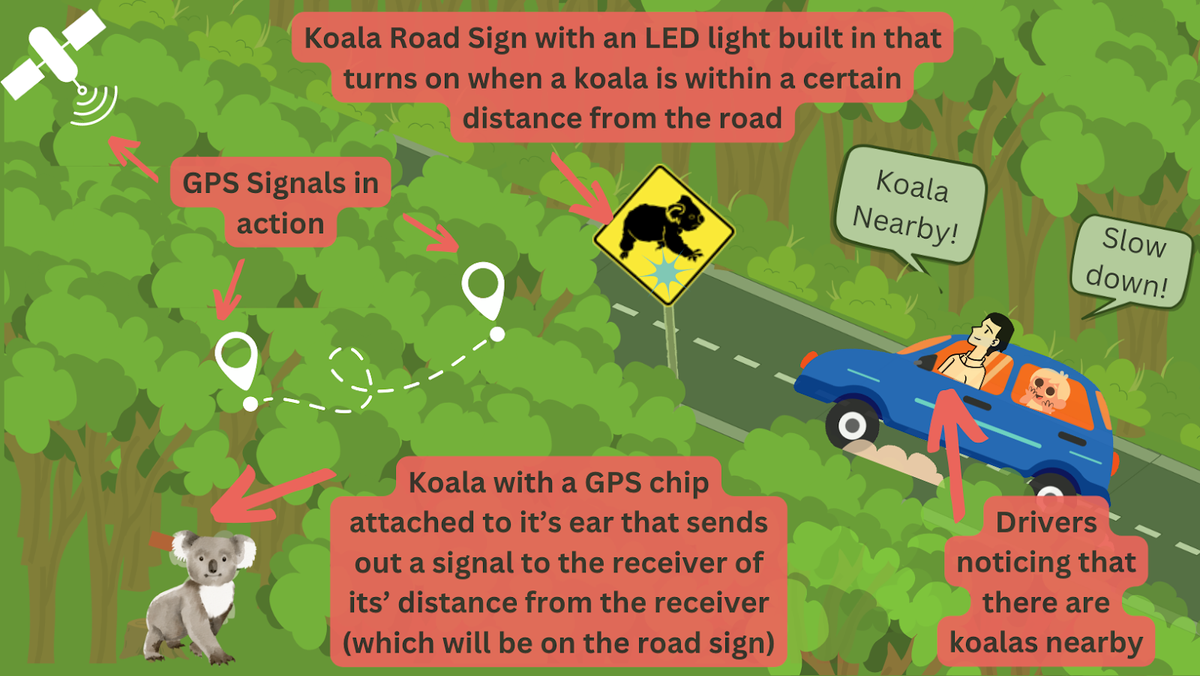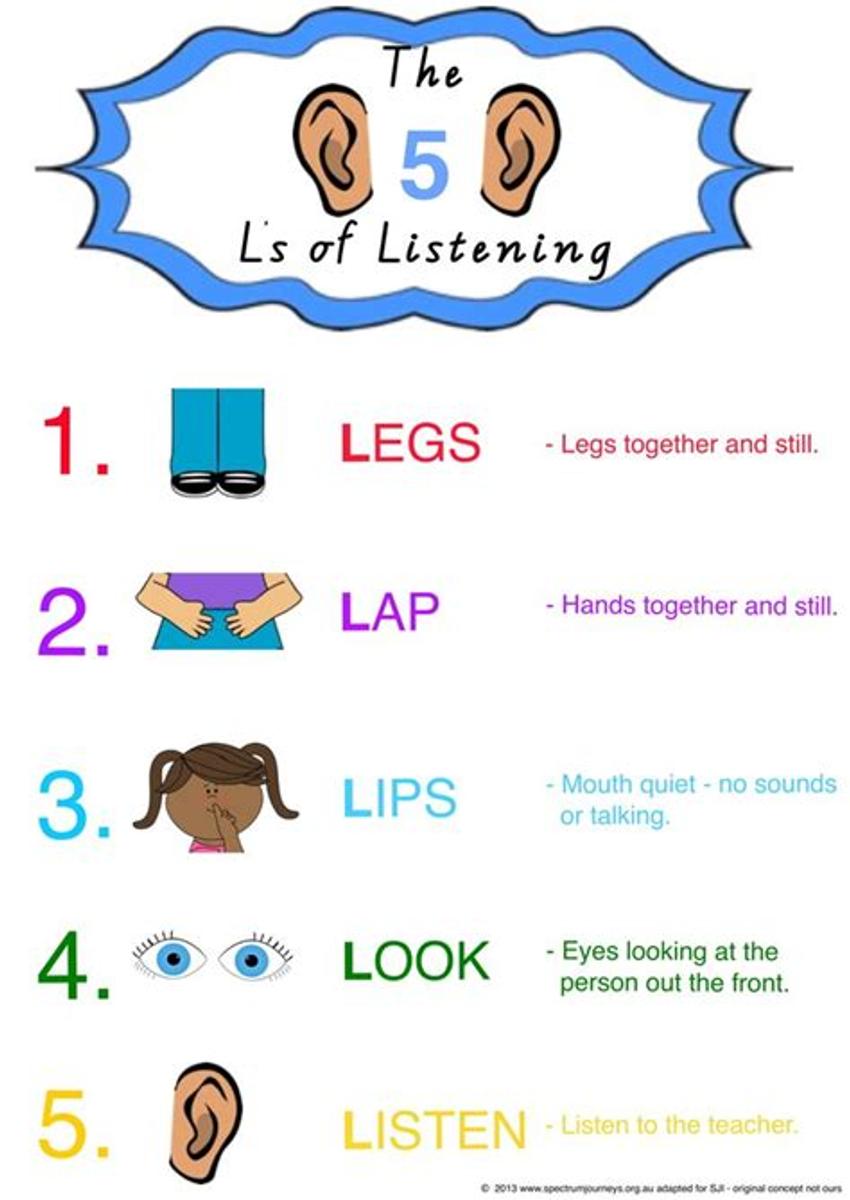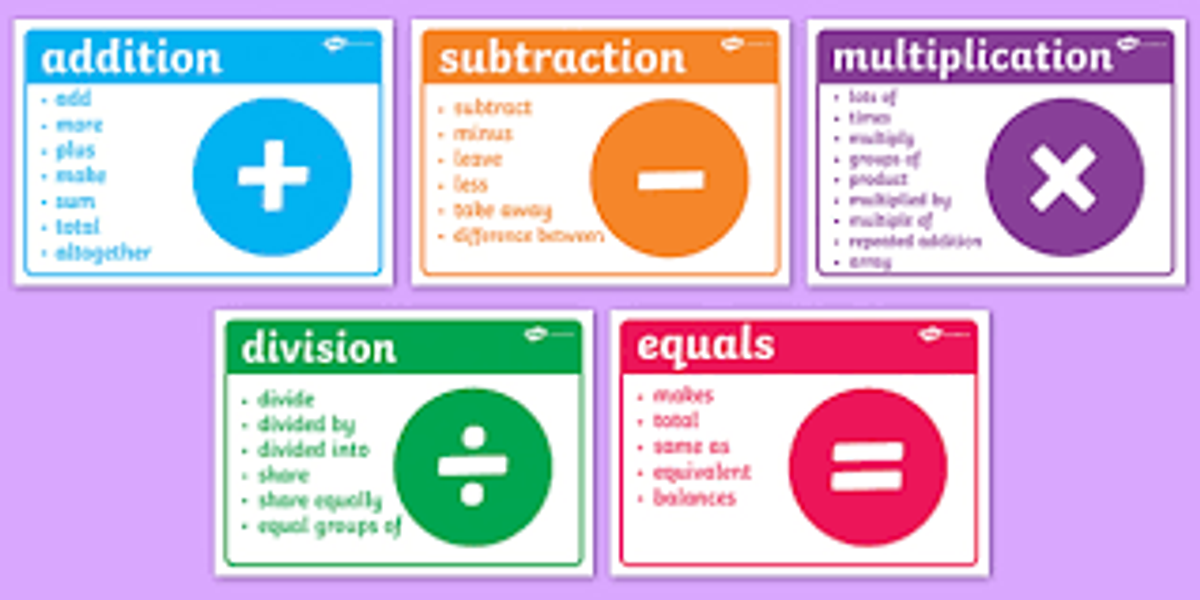Diverse Learning

STEM - (science, technology, engineering & maths)
AT OLF, WE’RE M.A.D. ABOUT KOALAS!
A group of primary students have been working on a STEM project this year which has just been entered into the SCS STEM MAD Competition. The Competition requires innovative design solutions which Make A Difference (MAD) to our world!
A declining koala population was the need Miss Tozer posed to the group. Through research, questioning, brainstorming, ideation, designing and prototyping, our Road Safe Koalas device was created!
ROAD SAFE KOALAS DEVICE:
As 400 koalas are injured or killed through vehicle collisions each year, our design aims to reduce this number by warning drivers when there is a koala nearby.
Koalas will need to be tracked using GPS monitoring so we have created a prototype using microbits, of a device to place on road signs located in areas where there are higher koala populations. The device will need access to koala GPS tracking. The device will flash when a koala comes within a certain distance, alerting drivers to use extra caution when driving in this area to watch out for close by koalas.
Click to watch the video & Check out our prototype in action:............
How To help Your Child If They Don’t Understand What People Say To Them
Many children with learning difficulties have associated language problems (experts suggest up to 60% of children with LD have language problems). Many of these children find it hard to understand what people are saying to them - especially if the other person is using long sentences for complex grammar, or if they try to give a lot of information at once.
It is possible that your child may have difficulties understanding what you want them to do at home. They may also find it hard to understand what their teacher says to them at school, and ” miss out” on things that they need to know. Thirdly, these children may also have difficulties understanding jokes (and we all know what it feels like to be the only one in a group who didn't get the joke!)
Ways to help at home....
- Make sure that you always have your child's attention before you start talking to them. This may sound obvious, but if your child is looking at you ( and not fidgeting) they are more likely to take in everything that you say.
- Break up long instructions into smaller parts and emphasize the important words. This gives your child a chance to think about ( and understand) each part of what you have said. Eg “Go up to your bedroom... pick up your school shoes... and put them in the laundry.”
- Ask your child to repeat back what you have said to them in their own words. This will give your child another chance to hear what you have said. It also lets you know whether they have understood what you have wanted them to do.
Eg.
Parent: “ Go to your bedroom, pick up your homework and pencil case and come back here. Now, what were all the things that you had to do?”
Child: “ go upstairs, get my pen and homework book and come back to you in the lounge room.”
- Try to use short sentences ( that is, avoid using sentences with complicated grammar and vocabulary).
- Use words that your child understands. be particularly careful about using slang expressions or jokes which play on word meanings ( Eg. “Pull your socks up!” ). Always use words that are familiar to your child when you explain anything new.
- Use your hands and facial expressions when you are asking your child to do something, or explaining an idea to them. Pointing, gestures will help your child to picture clearly what you mean. Currently this is tricky when we are all wearing face masks outside and in school.
- Encourage your child to picture what they hear in their mind ( i.e. “ make a movie” In their mind so they can picture what is happening. This strategy can be used when they are listening to you give them instructions, reading or listening to a story or listening to the teacher explain you information in the classroom.
- Encourage your child to let you know when they haven't understood exactly what has been said. Children who find it difficult to understand language may be so used to not understanding what has been said that they feel that it is normal to be confused.
- Explain the meaning of new words to your child. Your child will regularly come across words at school and at home that they have never heard before. It is important to be aware of what these words may be and explain them clearly to your child. This includes slang phrases, words that have more than one meaning and jokes that play on word meanings.
- Ask your child's class teacher about difficulties that your child may have understanding work in the classroom. Eg. the class teacher will be able to let you know whether your child understands the units of work that they are doing in the classroom.
EG. If your child is studying Australian Animals, then you may be able to borrow books from the library or search Internet sites which will help your child practice the words that they are learning at school.
If your child is having difficulty with Math's then the class teacher may be able to give you specific words/ concepts to make into games and practice at home.
Ms Janelle Schembri | Diverse Learning Coordinator







